Travelling to Japan? Escape the maddening crowd with a modern onsen ryokan stay
Modern onsen ryokans KAI Akiu and Anjin show a different, quieter side of Japan.
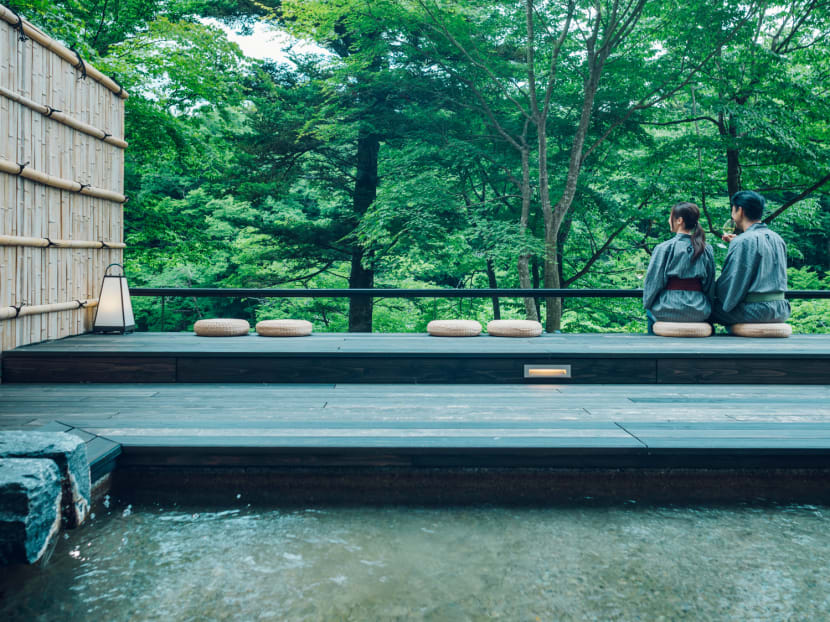
(Photo: KAI Akiu)

This audio is generated by an AI tool.
Let’s face it. You can’t swing a cat in Tokyo without clocking a Singaporean accent or another tourist queuing for limited-edition mochi. So, when planning our last trip to Japan, I had one non-negotiable: A quiet retreat far away from the maddening crowd.
That’s how we found ourselves in the austere lobby of KAI Akiu, anchored by moss-green carpeting and blonde wood furnishings that echoed the mountainscape outside. Operated by Japanese luxury hotelier Hoshino Resorts, KAI describes its accommodations as “Japanese auberges in classic hot spring regions”. Yet calling KAI Akiu an auberge (an inn or hostel) would be a glaring understatement. The property is refreshingly spacious and light and, like all KAI properties, manages to celebrate the best of traditional Japanese design while also feeling modern.
Which is to say, the suites may be appointed with tatami mats and shoji doors, but you’ll sleep on plush mattresses and enjoy ample bathrooms fitted with modern amenities.
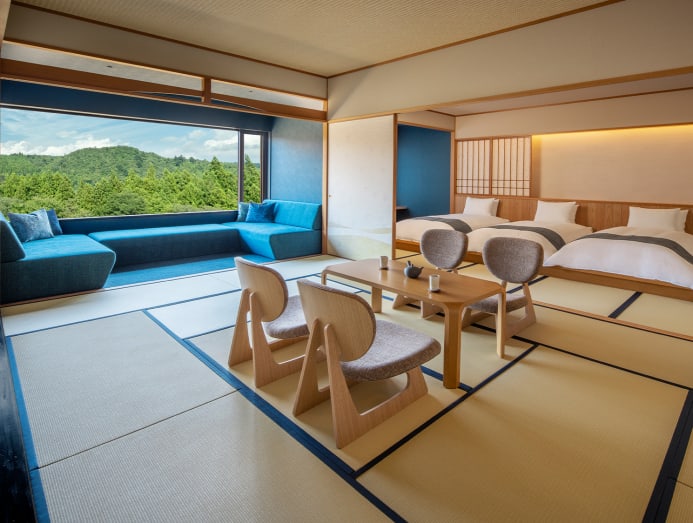
In centuries past, this historical hot spring town, 90 minutes away from Tokyo by train, was a destination of choice for feudal lords who came here to recover from battle. These days, Akiu hosts holidaymakers in matching yakuta, escaping the rigours of city life. One of the best things about ryokan living is the samue, soft cotton loungewear given to guests that serve as comfortable uniforms for the duration of their stay. Slipping into these jammies signals that the holiday has begun – at least for our time here, there was no need for mundane decisions like what to wear.
The other perks of ryokan living are the decadent, drawn-out kaiseki dinners and breakfasts. Unlike at traditional ryokans, where meals are served in-room, meals at KAI properties are taken in a communal dining room with guests separated by panelled dividers.
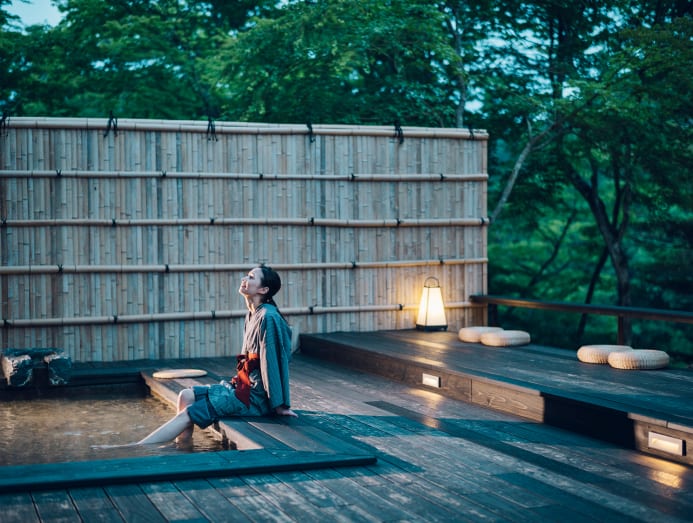
Dinner one night included oxtail rillette with rusks made from Sendai gluten, surf clams dressed with Tosa vinegar dressing, steamed crab with grated yam cake, and donabe rice with pearl barley and oxtail soup. Each meal was a procession of about 10 seasonal courses featuring unique local specialities – in Akiu’s case, beef tongue and zunda (mashed edamame) – served on lacquered trays and local ceramics.
In our expansive guest room, we spent an embarrassing amount of time doing nothing but staring out at the river before us on a cobalt sofa that runs parallel to the gigantic picture window. When we could pull ourselves away from this bucolic tableau, we alternated between KAI Akiu’s indoor and outdoor baths, each fed by the region’s age-old sodium chloride spring, said to warm the body and soften the skin.
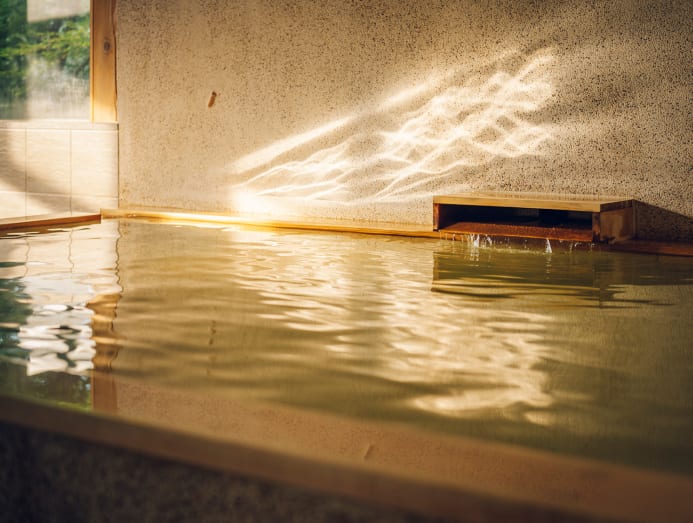
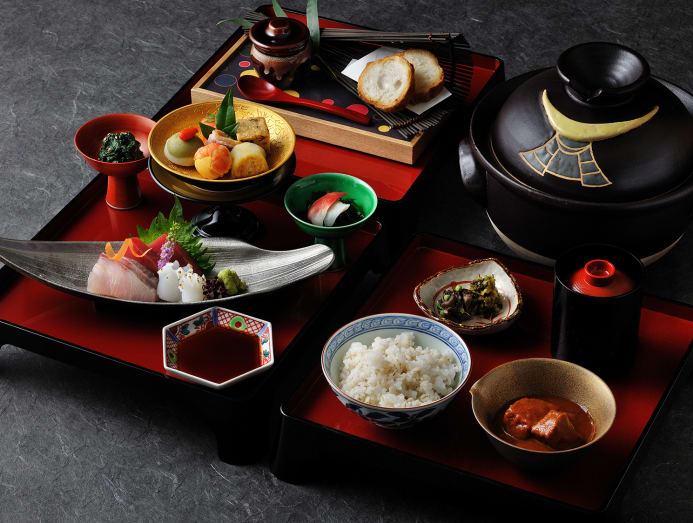
Afterwards, we cooled off with fruit-flavoured ice pops in the lounge or sipped freshly pulled draft beer with our feet dangling in a hot footbath on a terrace overlooking the trees.
FROM MOUNTAIN TO SEA
A hundred minutes from Tokyo in the opposite direction is the seaside town of Ito. If Akiu is defined by earthy moss and murmuring trees, Ito is its opposite, with impossibly blue open skies and salty air. KAI Anjin sits along the coast in a sleek, ship-inspired building that references William Adams, the English navigator who landed here in the 16th century, became a trusted advisor to the shogun, and was eventually anointed with samurai status. If that story sounds familiar, it’s because the TV series Shogun we binge-watched last year is loosely based on Adams’ life.
Before it opened in 2017, KAI Anjin’s owners called on Tokyo design studio Super Potato to convey the site’s maritime history in tasteful, subtle ways. The firm responded with its unique approach to mixing traditional with modern design, including a spacious deck that pays homage to the deck of the San Buena Ventura, Japan’s first western ship built by Adams.
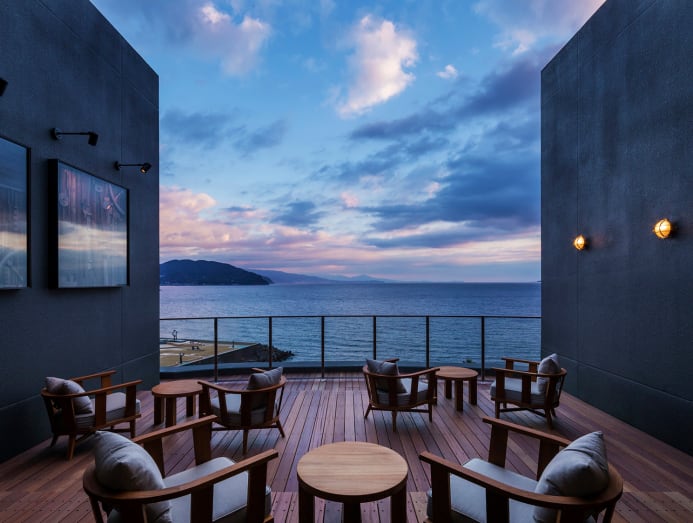
The eight-storey hotel features 45 elegant suites that look out to unfettered sea views. No two rooms are designed the same, and ours was clad in dark wood floors and seagrass rugs that gave it a cavernous feel even as sunlight spilled through the full-height windows.
Queen-sized mattresses and comfy armchairs stand in for traditional tatami mats and futons one typically associates with a ryokan. These plush touches make it easy to nestle into a soft place and power down while allowing the rejuvenating ocean view to recharge your dimming batteries.
With Ito being home to the most abundant hot spring sources in the Izu Peninsular (there are over 700), we’d have been remiss not to soak up the soothing, mineral-rich water in the property’s eighth-floor onsen. It’s not often one can sit in a traditional Japanese bath while gazing out at the Pacific Ocean as fat black-tailed gulls swoop across the waters. Onsen experiences are all about natural harmony and this one felt particularly unique given its seaside setting.
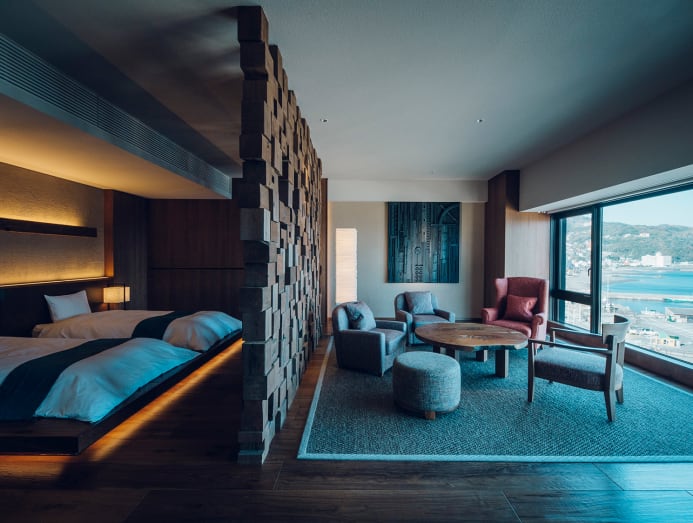
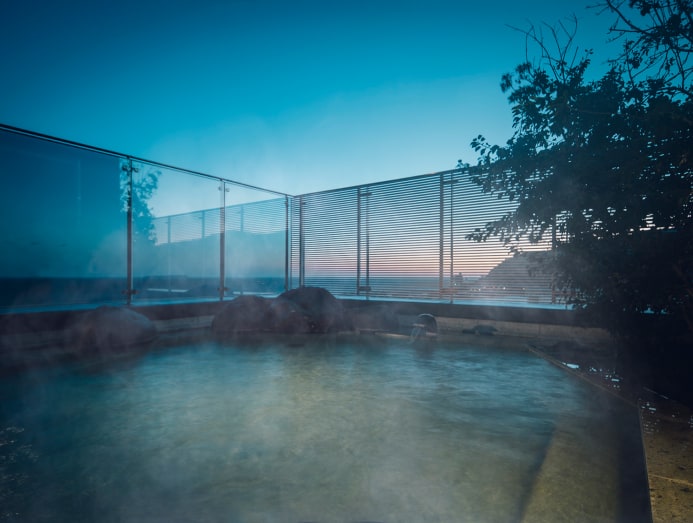
More fruity ice pops and beer followed post-onsen, this time on that gorgeous deck that fills up all too quickly with hotel guests jostling for precious space to photograph themselves against the ethereally blue coast.
To fill their free time, guests can watch an evening presentation on Adams’ story in the lobby or amble along the historical town centre where old wooden buildings, narrow streets and traditional shops express Ito’s rich history. Totaikan, a former ryokan now preserved as a public museum, offers more information and artefacts on Adams’ legacy.
Back at KAI Anjin, dinner is an elaborate affair, this time with subtle nods to Adams’ English roots. On our first night, the main course was a hearty bouillabaisse hot pot swimming with local seafood, while the following brought dishes like deep-fried stuffed scallops, millet cake with shrimp and wood ear mushrooms, and black sesame tiramisu.
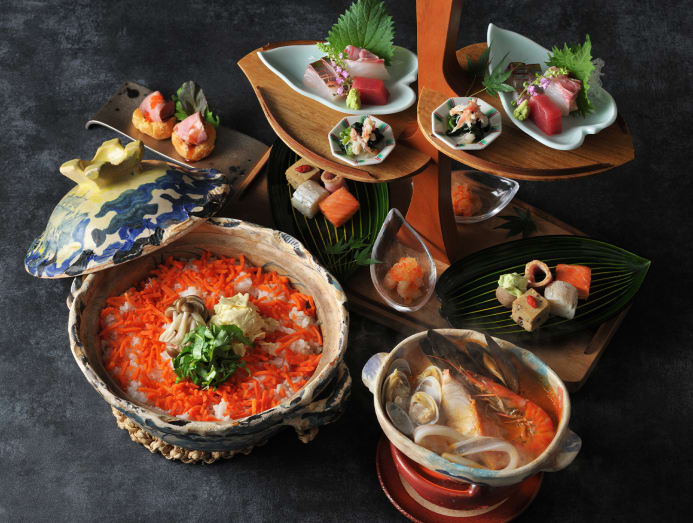
English-speaking staff are not the norm at KAI properties, but a doting English speaker was assigned to us at all the important moments, like mealtimes, check-in, and during cultural discovery sessions at Akiu, where one provided real-time translations of the rituals and traditions that samurais observed when drinking sake.
One young lady explained that as global mobility increases along with prices at onsen ryokans, younger Japanese are choosing to vacation outside Japan. Operators like KAI are hoping to attract a new generation of visitors by gently incorporating modern innovations like WiFi and, in Anjin’s case, record players to keep up with the times.
For city folk like us, resorts like KAI Akiu and Anjin offer something simple and rare: A place to be still. They are reminders that the best luxury is the kind that whispers, steaming quietly from the edge of a mountainside or rolling in gently with the tide.










